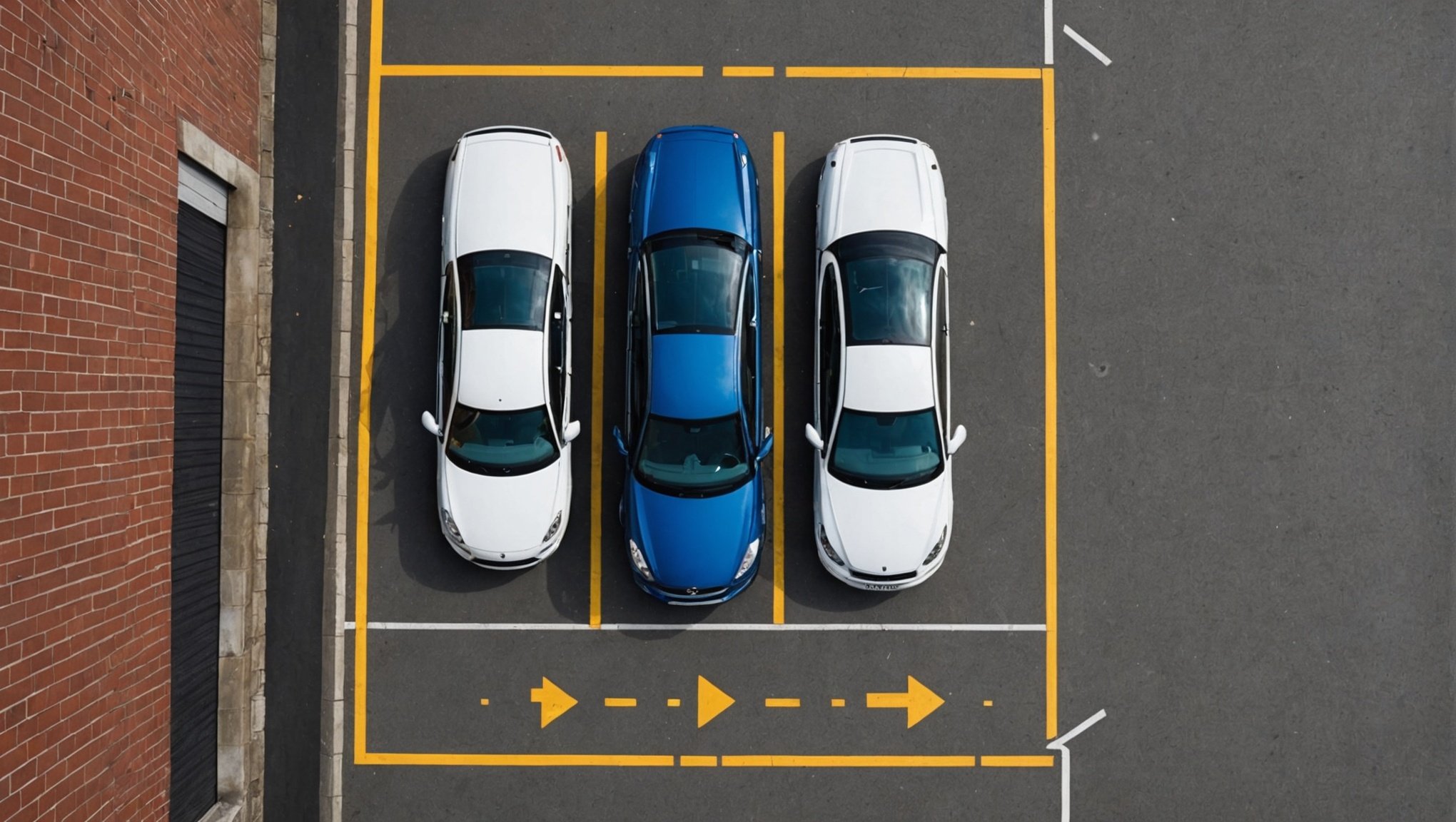UK’s narrow streets and tight parking spaces have often proved to be a daunting challenge for many drivers. The UK is notorious for its parking spaces which are significantly smaller than international standards. They require a high degree of accuracy and skill, especially when parking a sizable car or van. With the advent of technology, cars are now equipped with smart parking assist systems. These systems use a range of sensors to monitor the size of a parking space and guide the vehicle into it. But how can you ensure that your vehicle’s parking assist system works accurately in such tight spaces? Let’s delve deeper into this.
Understanding your Parking Assist System
Before you start using your parking assist system, it’s essential to understand how it works. A parking assist system is a smart feature in modern vehicles that assists drivers in parking their cars. It uses an array of sensors, including ultrasonic sensors and cameras, to detect the size and position of parking spaces and other obstacles. Once a suitable parking space is detected, the system will guide you to park your car in that space accurately.
In the same genre : What steps should be taken to maintain the longevity and safety of a vehicle’s CV joints?
Firstly, familiarise yourself with the dashboard features of your parking assist system. Some systems may have a visual display to guide you, while others may rely solely on audible signals. Also, knowing what each signal or icon means will help you understand what the system is trying to communicate. It might take some time to get used to it, but once you understand the system, it can significantly ease your parking woes.
Regular Maintenance of Sensors
The key to ensuring that your parking assist system works accurately is regular maintenance. The sensors are the eyes and ears of your parking assist system. They are constantly exposed to the elements and can accumulate dirt, dust, and grime. This can affect their functionality and lead to inaccuracies in measurements.
Also read : Can installing a backup camera reduce accidents in urban UK environments?
Regular cleaning and maintenance of the sensors can help in ensuring their optimum performance. Most vehicles come with a manual that provides instructions on how to clean and maintain these sensors. Following these instructions can help in maintaining the accuracy of your parking assist system. Also, in the event of any malfunction or damage to the sensors, it’s advisable to get them replaced or repaired promptly.
Calibration of the Parking Assist System
Another important aspect of ensuring the accuracy of your parking assist system is its calibration. Calibration ensures that the system’s sensors are working accurately and providing precise measurements. It’s usually done by professionals and involves adjusting the sensors to ensure they are aligned and calibrated correctly.
If your vehicle’s parking assist system seems to be malfunctioning or providing inaccurate readings, it might be time for a calibration. Bring your vehicle to a professional or a garage that specializes in parking assist system calibration. They will be able to assess if there’s a problem with the system and fix it accordingly. Make sure to have your system recalibrated if you have had any repairs or changes made to your vehicle that could affect the sensors.
Practice Makes Perfect
No matter how advanced your parking assist system is, it’s still a tool that’s designed to assist you; it doesn’t replace the driver. Therefore, it’s essential that you practice using your parking assist system regularly. The more you use it, the more comfortable you’ll become with it, and the better you’ll understand its limitations and strengths.
Take your time to practice parking in different types of parking spaces. Start with bigger spaces and gradually move to tighter ones. Doing so will not only improve your parking skills but also give you a better understanding of how your parking assist system works in different scenarios.
Respecting the Limitations
Lastly, always remember that a parking assist system is not infallible. It’s a technological invention designed to assist drivers, but it may have limitations and imperfections. For instance, the sensors might not detect a very low or narrow obstacle, or they might get confused by certain types of materials.
It’s important to always visually check your surroundings when parking and not completely rely on the parking assist system. If the system signals that the parking space is too tight or if you’re not confident about parking in a particular space, it’s better to find another spot. Respecting the limitations of your parking assist system and using it as a tool to aid your driving, rather than a replacement for your judgment, is crucial for safe and accurate parking.
Remember, the best way to ensure that your parking assist system works accurately in tight UK parking spaces is by understanding your system, maintaining it regularly, calibrating it when necessary, practicing using it, and respecting its limitations.
Mastering the Use of Your Parking Assist System
To make the most out of your smart parking assist system, you need to learn how to use it effectively. The system can be manually controlled through the steering wheel and brake pedal, enabling you to manoeuvre your vehicle into any parking space with ease.
Your parking assist system’s console will generally have an option to activate or deactivate the system. When activated, the system starts searching for parking spaces suitable for your vehicle’s size. Once it detects a space, it will inform you whether you can park your car there or not.
The parking guidance provided by your system can come in several forms. Some systems use a combination of beeps and dashboard light indicators. As your car gets closer to an obstacle, the beep frequency increases, and the dashboard light indicators may change colour. In contrast, systems equipped with a display screen provide visual guidance like diagrams or real-time camera views from different angles.
With reverse parking being particularly challenging for many drivers, parking assist systems often come with a rear camera-based feature. This feature gives you a clear rear view on the display screen while reversing, helping you avoid any obstacles behind your vehicle.
To get used to your parking assist system, start off by using it in your garage parking. Practice until you’re comfortable with the system’s alerts and guidance. Over time, this practice will help you gain confidence in using the system in public parking spaces, improving your parking accuracy and precision.
In conclusion, the key to ensuring that your vehicle’s parking assist system works accurately in tight UK parking spaces lies in your hands. Understanding how the system works, conducting regular maintenance of its sensors, ensuring proper calibration, practicing using the system, and respecting its limitations are crucial steps for effective use.
Your vehicle’s parking assist system is your partner in navigating the challenging parking spaces in the UK. While it can aid you in parking your vehicle precisely, the ultimate responsibility lies with you, the driver. Therefore, focus on honing your parking skills, stay alert to your surroundings, and use your parking assist system as a tool to complement your driving prowess.
Remember, no matter how advanced the technology is, it can’t fully replace human judgment. Always double-check your surroundings when parking, even when using the parking assist system. With the right understanding, maintenance, and practice, you can make your parking experiences in the UK less daunting and more effortless.











